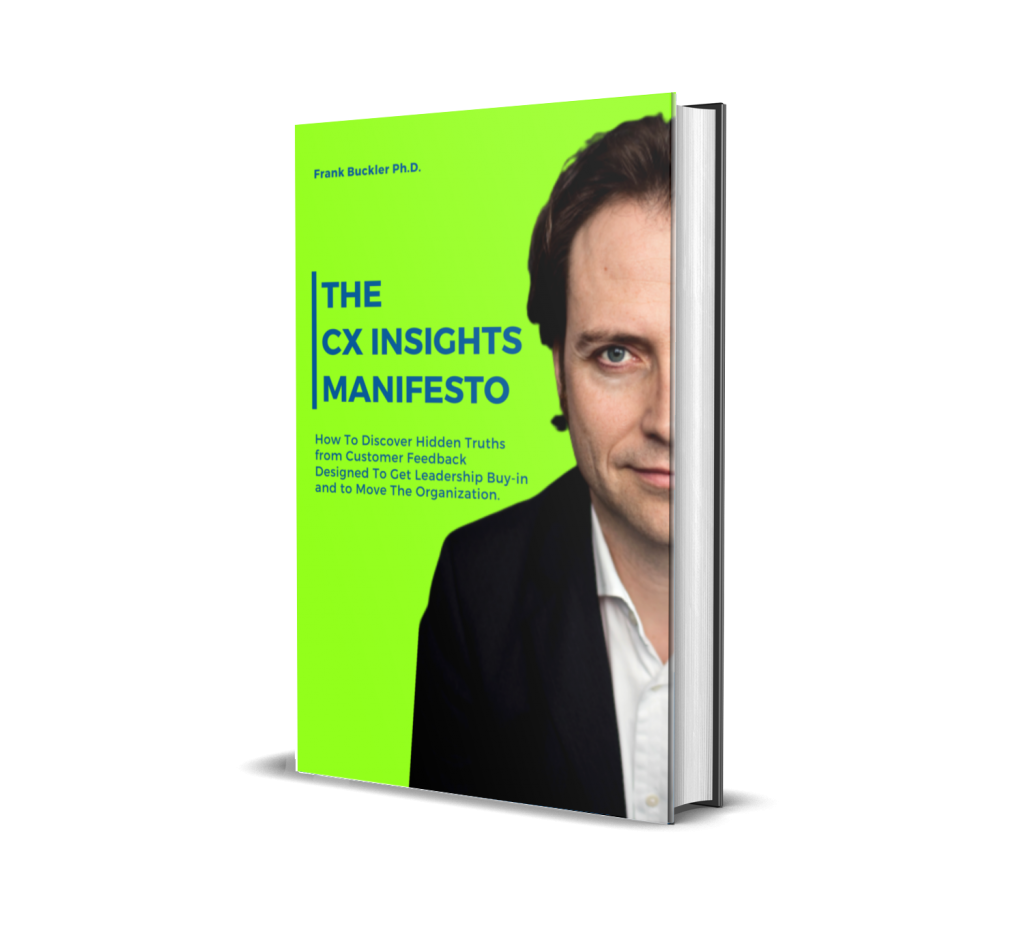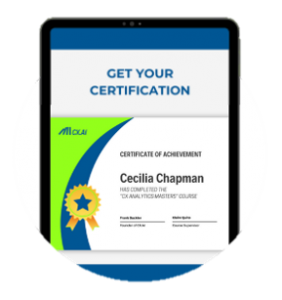The next question is what do we ask? What are we measuring? The core thing you want to measure is the measurement of the customer experience and the most used measurement of the customer experience is the resulting loyalty and the resulting loyalty is very well measured by the question whether or not the customer is likely to recommend you. It is one indicator of customer loyalty. That’s the whole basis of the NPS.
And the question is how likely are you to recommend our brand to a friend? In the B2B context you will add colleague or something like that. Always the same question. And the scale is always the same.
It’s always from zero to 10, many suppliers, although do one to 10. Which gives similar results, but it’s a little bit different, right? You have a 10% bias here. Keep in mind, the original is from zero to 10 and only the extremes are labeled zero, not at all likely and 10 extremely likely.
And then, the NPS score is computed out of this by taking the percentage of promoters who mentioned 9 and 10, you subtract the percentage of detractors which are all from six to zero. If you have 50% promoters, 30% detractors your NPS is 20. That’s a summary, simple question scale from zero to 10. And you probably know, the formula to compute the NPS score. It is not a mean, it is presenter scores subtracted which is also a weakness. It is made that way because you can explain it to everyone and everyone will understand it.
But the weakness is that if you don’t have so many promoters or detractors, and if your sample size is not so big it will be a matter of luck if someone more or less will be part of the promoters or detractors. The numbers are very much changing by noise. And this will make the whole score fluctuating.
When the sample size is low or when you are operating in the extreme, not very much promoters or not very much detractors. That’s NPS but you can of course alter or use a different one. Typically the market researcher loves Likert scales, more stable and also comparable across different regions. It calculates the mean, and every scale point has a label. With NPS, nobody knows what five means. It’s something in the middle. But then what does seven mean? You don’t know. In different cultures, the seven is interpreted in a different way. This can be eliminated if you put a certain wording on every scale point, that’s what you do in Likert scales. This has advantages of course to use it. On the other hand, it’s harder to understand the mean of 4.1. Other than that both are correlating highly and you can choose either of them.
There are other scores around loyalty Likert scale measures, loyalty, NPS measures loyalty, but you could also decide to measure the customer effort score. How much effort does it take to deal with us which is very different. In some businesses, it’s not so much about the loyalty or the satisfaction, it’s just taking the pain away.
That’s what it can decide for if you found out that it drives your business. And that’s where we come later in the following blog posts, which we will discuss, how you can find out which score is actually best for you, which is connected to your bottom line. Many companies even measure customer satisfaction.
And this is all where it began some decades ago, the whole movement of customer experience began with measuring customer satisfaction, but businesses realize that of course satisfaction, especially when it comes to the touch point, very much measures the moment which is fair. And you may want to know that, but it is very different than the loyalty, because the loyalty is driving bottom line and which is a long-term indicator. It is an attitude. The satisfaction is not so much an attitude. It’s more of a judgment in the certain situation and your satisfaction with that.












